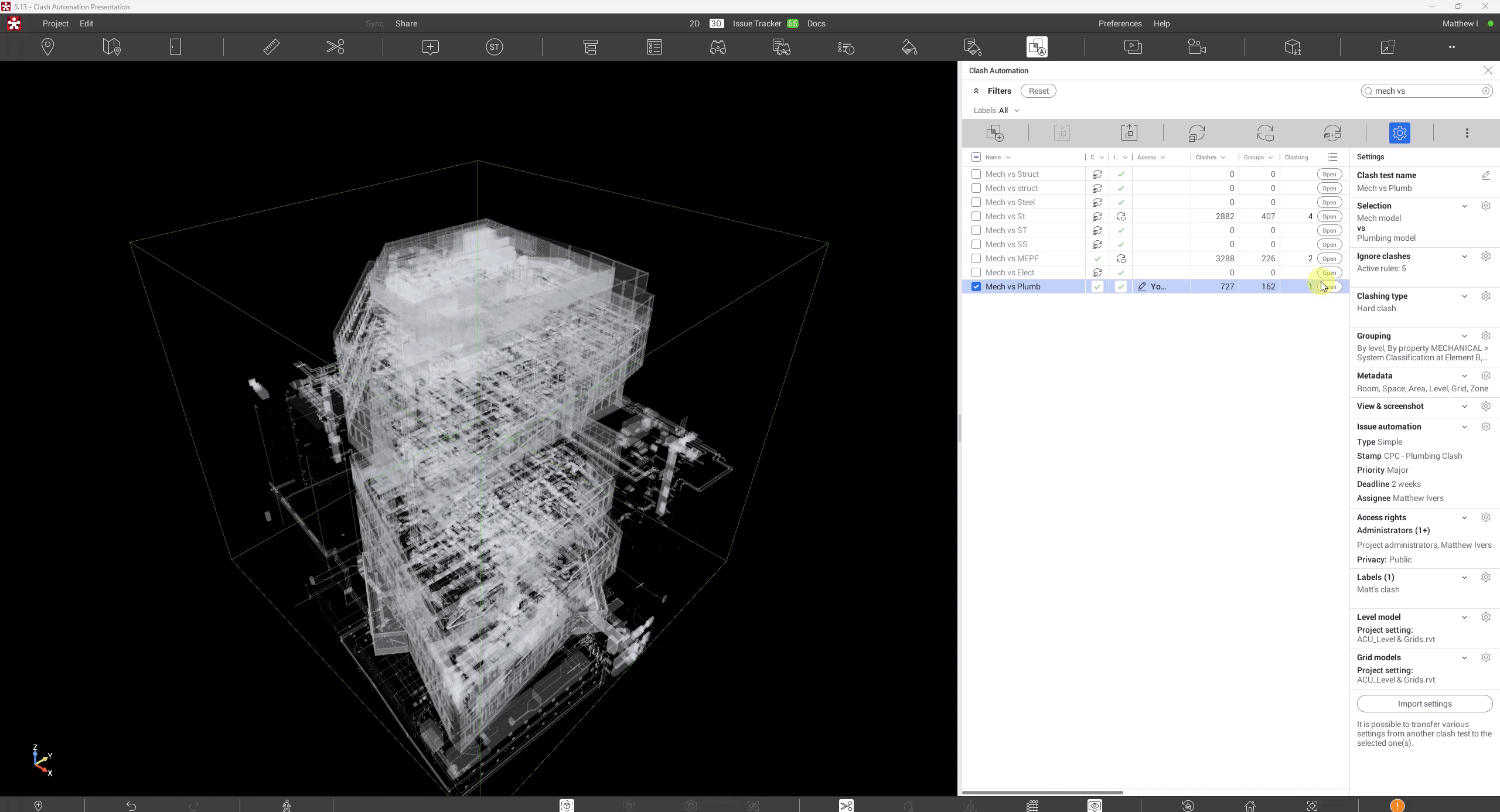
Introduction
Overview of 3D Clash Coordination
In the realm of modern construction, 3D clash coordination is pivotal. This process involves identifying potential conflicts among different systems, such as plumbing, electrical work, and structural elements, all before they are physically installed. Utilizing advanced software, teams can visualize these clashes in a three-dimensional environment, allowing for timely solutions. This proactive approach not only saves time and reduces costs but also significantly enhances project outcomes. For example, an HVAC contractor might spot a clash with a ductwork layout during the design phase, enabling immediate adjustments before any physical work takes place.
Importance of Coordination in Construction Projects
Coordination is critical in ensuring that a project runs smoothly. Effective communication and collaboration can lead to:
- Reduced rework
- Improved scheduling
- Enhanced safety on-site
When teams work in sync, projects are completed on time, aligning with budgets and quality standards, ultimately benefiting all stakeholders involved.
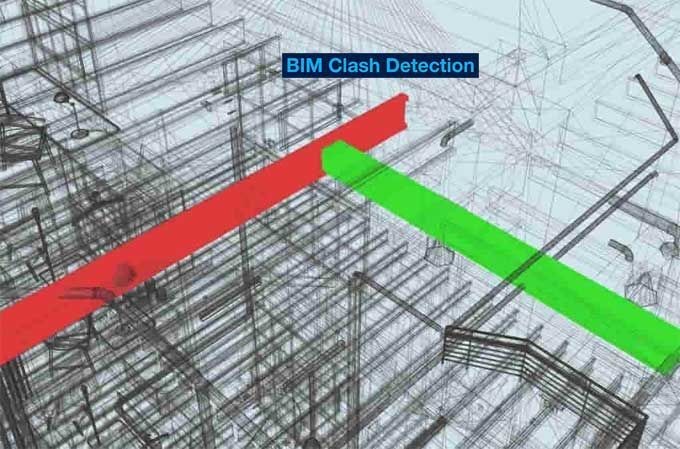

Understanding Clash Detection
Definition and Significance
Clash detection refers to the process of identifying overlapping or conflicting elements in a 3D model, which could result in costly errors during later stages of construction. Imagine you're designing a building, and an electrical conduit runs directly through a planned structural beam. Spotlighting such issues early through clash detection saves time, reduces expenses, and fosters collaboration among teams. The significance of this tool cannot be understated; it creates a seamless workflow, allowing construction professionals to focus on creativity rather than troubleshooting.
Common Clash Types in 3D Models
In the realm of clash detection, several common types typically arise:
- Hard Clashes: Physical overlaps, like ductwork interfering with a wall.
- Soft Clashes: Proximity issues, such as a pipe too close to a structural element.
- Workflow Clashes: Scheduling conflicts, where tasks cannot proceed without addressing prior issues.
Being aware of these clash types enhances a team's ability to address and resolve potential conflicts proactively.
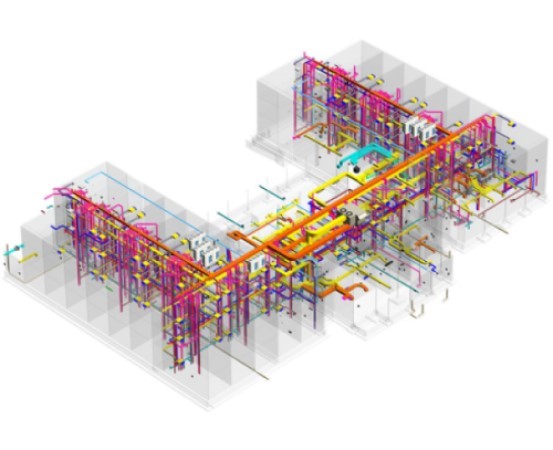

Implementing Effective Clash Coordination
Utilizing Clash Detection Tools
To ensure smooth project execution, utilizing clash detection tools is essential. These advanced technologies, such as Autodesk Navisworks or Tekla Structures, allow teams to visualize the entire project in 3D, helping to pinpoint issues before construction begins. For instance, during a recent project, one team used clash detection software to identify over 50 clashes within a week, enabling them to resolve them swiftly. This proactive approach can lead to:
- Improved accuracy in designs
- Reduced time spent on rework
- Enhanced project timelines
Collaboration and Communication Strategies
Equally important is fostering a culture of collaboration and clear communication. Regular coordination meetings can help:
- Share updates on clash resolutions
- Discuss design changes
- Align schedules and responsibilities
Platforms like BIM 360 facilitate ongoing communication between teams, ensuring everyone is on the same page. By prioritizing collaboration, projects not only flow better but also promote a more engaged and accountable team environment.
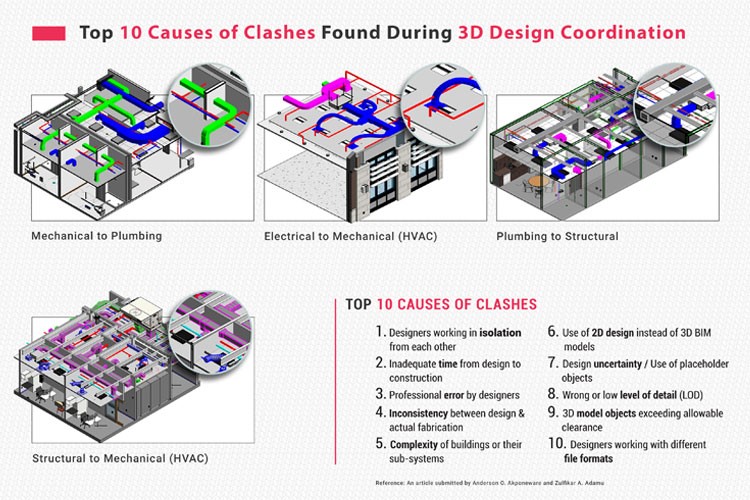

Best Practices for Maximizing Productivity
Resolving Clashes Efficiently
To maximize productivity in construction, efficiently resolving clashes is a must. Adopting a structured approach can drastically reduce downtime. Teams can follow these steps:
- Prioritize Clashes: Focus on the most critical clashes first, as they have the largest impact on the project timeline.
- Collaborative Problem Solving: Bring relevant stakeholders together to brainstorm solutions, allowing for diverse insights.
- Track Resolutions: Utilize project management tools to document each resolution and assess outcomes; this helps avoid repeating past mistakes.
For instance, one team was able to reduce their clash resolution time by 30% simply by implementing regular collaborative sessions.
Streamlining Coordination Workflow
Another vital aspect is streamlining the coordination workflow. Here are some effective strategies:
- Implement Agile Practices: Break tasks into smaller, manageable phases that can be adjusted based on feedback.
- Use Templates: Create standardized procedures for clash detection and communication to reduce redundancy and improve efficiency.
- Leverage Software Integration: Use tools that sync seamlessly with other project management applications, ensuring all data remains up-to-date and accessible.
By refining these processes, construction teams can operate more efficiently, ensuring projects remain on schedule and within budget.
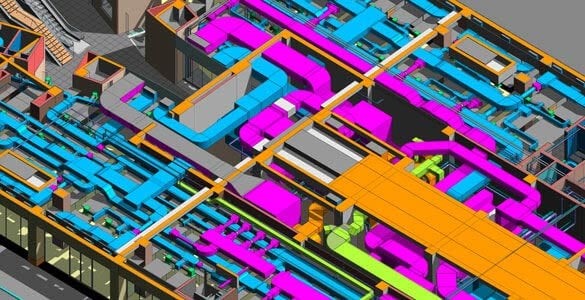

Integrating Clash Coordination into Project Management
Coordination Meetings and Reporting
For effective integration of clash coordination into project management, regular coordination meetings are essential. These sessions provide a platform for teams to discuss ongoing clashes, brainstorm solutions, and share updates. Setting an agenda helps keep the meetings focused, covering:
- Current Clash Status: Review open issues and their resolutions.
- Action Items: Assign responsibilities and deadlines.
- Feedback Loops: Evaluate what worked well and what needs improvement.
In one project, implementing weekly meetings not only expedited clash resolution but also fostered a more cohesive team environment.
Continuous Improvement and Lessons Learned
Additionally, embracing a culture of continuous improvement is vital. By documenting lessons learned from each project, teams can refine their clash coordination strategies. Consider developing a database that includes:
- Case Studies of Resolved Clashes: Highlight successful resolutions and best practices.
- Mistakes and Challenges: Analyze pitfalls to prevent recurrence.
This iterative approach enhances productivity, ensuring that each project benefits from past experiences, ultimately leading to more efficient and coordinated construction efforts.
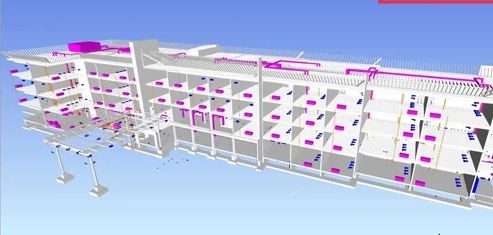

Case Studies and Success Stories
Real-world Examples of Productivity Gains
Diving into real-world examples illustrates the tangible benefits of effective clash coordination. One notable case involved a major healthcare facility where clash detection software identified over 100 clashes during the design phase. By addressing these issues before construction began, the team achieved:
- A 40% reduction in rework
- A 30% decrease in project delays
- Significant cost savings, allowing for budget reallocation to other vital areas
Another project involving an urban high-rise saw similar improvements, with the early detection of potential conflicts generating smoother workflows and happier stakeholders.
Benefits of Effective Clash Coordination
The advantages of effective clash coordination ripple throughout the entire construction process. These benefits include:
- Enhanced Collaboration: Teams worked seamlessly together, improving morale and efficiency.
- Improved Quality: Fewer conflicts led to higher-quality outcomes, satisfying client expectations.
- Safer Work Environments: Addressing clashes beforehand reduced onsite hazards, promoting a culture of safety.
Ultimately, embracing clash coordination transforms how projects are managed, demonstrating that a proactive approach pays off significantly in productivity and overall project success.
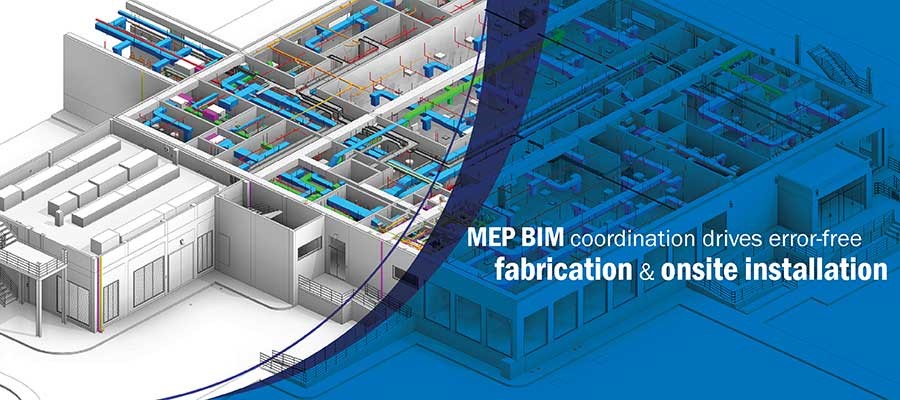

Challenges and Solutions
Overcoming Common Obstacles
Even with proactive clash coordination, challenges can arise. Common obstacles include resistance to change among team members, inadequate training on clash detection tools, and data management issues. To overcome these hurdles, consider the following strategies:
- Education and Training: Conduct workshops to familiarize team members with new tools and methodologies.
- Change Management: Communicate the benefits clearly, addressing any concerns to foster buy-in.
- Data Organization: Implement standardized practices for data entry and storage to streamline access.
For instance, a construction firm faced initial pushback when introducing clash detection software. By prioritizing training sessions, they transformed skepticism into enthusiasm.
Advanced Techniques for Complex Projects
For larger, more intricate projects, advanced techniques can enhance clash coordination further. Consider:
- BIM-driven Collaboration: Use Building Information Modeling (BIM) to create detailed simulations for better visualization and coordination across disciplines.
- Cloud-based Tools: Leveraging cloud technology allows for real-time updates and remote accessibility, ensuring all team members stay connected and informed.
Implementing these techniques can significantly improve efficiency and accuracy, making complex projects more manageable and successful.
Future Trends in 3D Clash Coordination
Technology Innovations
As the construction industry continues to evolve, technology innovations are set to transform 3D clash coordination significantly. Emerging trends, such as artificial intelligence (AI) and machine learning, enable smarter clash detection by predicting potential conflicts based on historical data. For instance, AI algorithms can analyze past projects to identify common clash scenarios, allowing teams to address issues proactively. Other innovations include virtual reality (VR) and augmented reality (AR), which provide immersive experiences for stakeholders to visualize projects before ground breaks. This hands-on approach helps identify clashes in real-time, enhancing collaboration.
Impact on Industry Standards and Practices
With these technological advancements, the impact on industry standards and practices is profound. As more firms adopt sophisticated clash coordination tools, best practices will evolve, leading to standardized processes across the sector. Benefits include:
- Increased Efficiency: Streamlined workflows will result in shorter project timelines.
- Higher Quality Outputs: A focus on proactive coordination ensures a decrease in errors and better project quality.
- Greater Safety Compliance: Enhanced visualization tools allow teams to identify risks before they manifest on-site.
Ultimately, embracing these future trends will elevate the construction industry's approach to clash coordination, driving significant improvements in project outcomes.
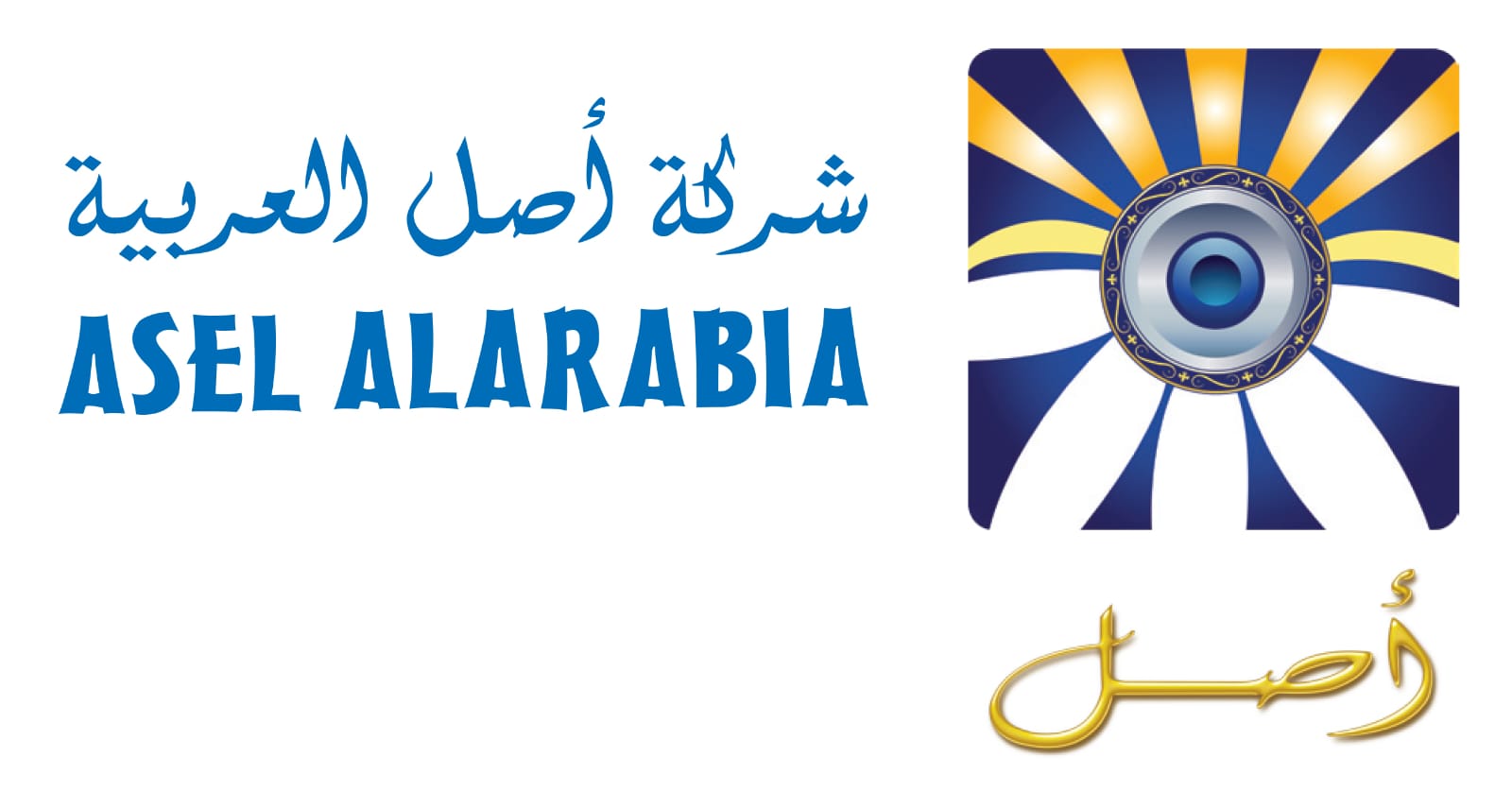
No comment